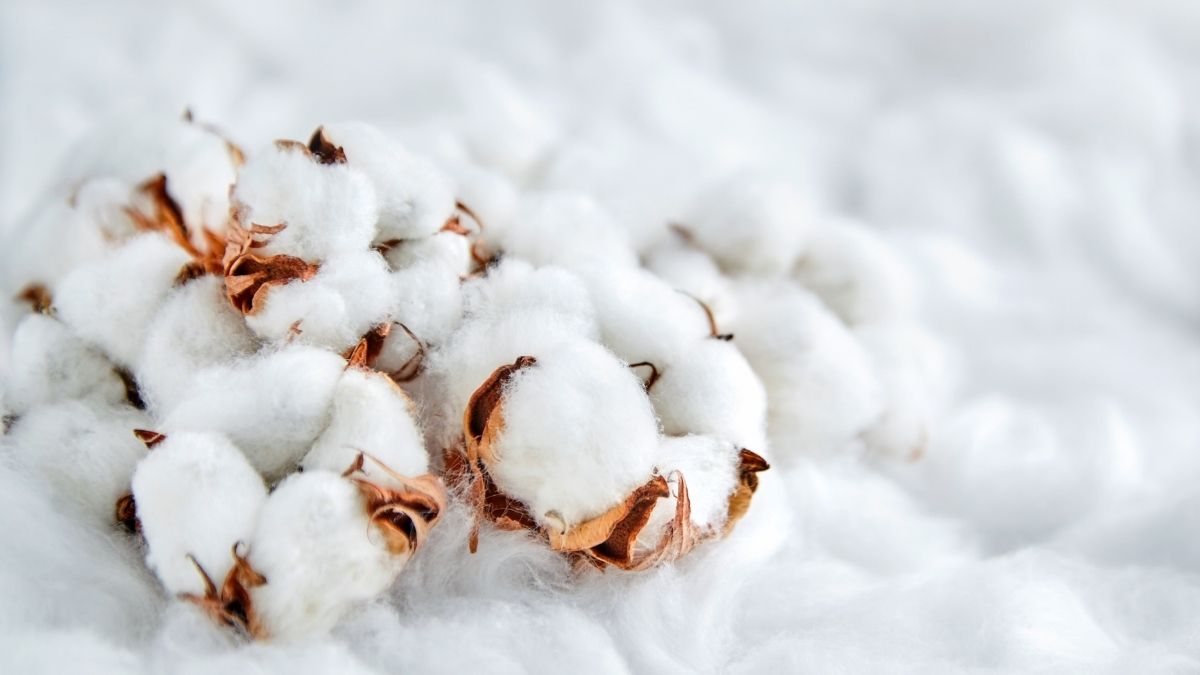
Looking for the largest Cotton Producing state in India 2024. Then, you are in right place. Have you ever been shopping when your mother advises you to buy only cotton clothes? Or after seeing the latest fashion trends you immediately buy the clothes when you realize they are made from cotton? Cotton is that fiber that has so many uses, it has launched the economies of many countries.
This almost pure cellulose fiber is spun into yarn to make breathable textiles and its rich history can be dated back to the earliest civilizations of mankind. Cotton has been steadily grown and used over the years with India being the largest producer of cotton in the world.
The History of Cotton
Cotton was first grown in ancient India dating all the way back to 5500 BC which is modern-day Baluchistan. Old civilizations like the Indus valley civilization have grown and used cotton and fragments of this textile have been found at these sites. From then on India has had a monopoly on cotton for 3000 years.
During the Mughal age, cotton was considered a cash crop, and farmers were given state incentives to grow them through agrarian reforms. With the dawn of the Industrial Revolution, the production of cotton only increased as more and more machines were invented that would spin cotton into good quality yarn at a very high speed.
Cotton never lost its significance through the ages, and its importance and versatility spread to other countries as well. In the decades after the Industrial revolution cotton has been grown and harvested in most countries and is spun to the yarn by the latest machines aiding the textile industry.
The Cotton Industry in India
The cotton industry of India is very vast and accounts for 18% of the global trade. It is easily exported from India and its destinations are the US, Bangladesh, China, Vietnam, Pakistan, Indonesia, Taiwan, and Thailand, among others. The states of Maharashtra, Gujarat, Andhra Pradesh, and Telangana are collectively known as the cotton basket of India as nearly 2/3rds of cotton production comes from them.
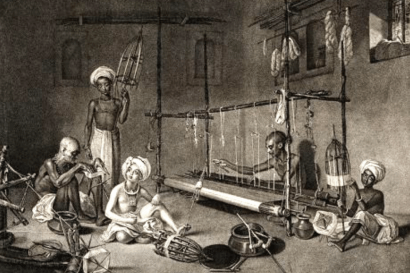
The excerpt from Invest India a government website sheds light on the cotton industry in India and gives you India’s contribution to global trade.
There are 4 known species of cultivable cotton and India grows all 4 of them. 74% of all apparel exported from India is made of cotton and reputed brands like Tommy Hilfiger, Walmart, Levi Strauss, Gap, H&M to name a few all import cotton from India.
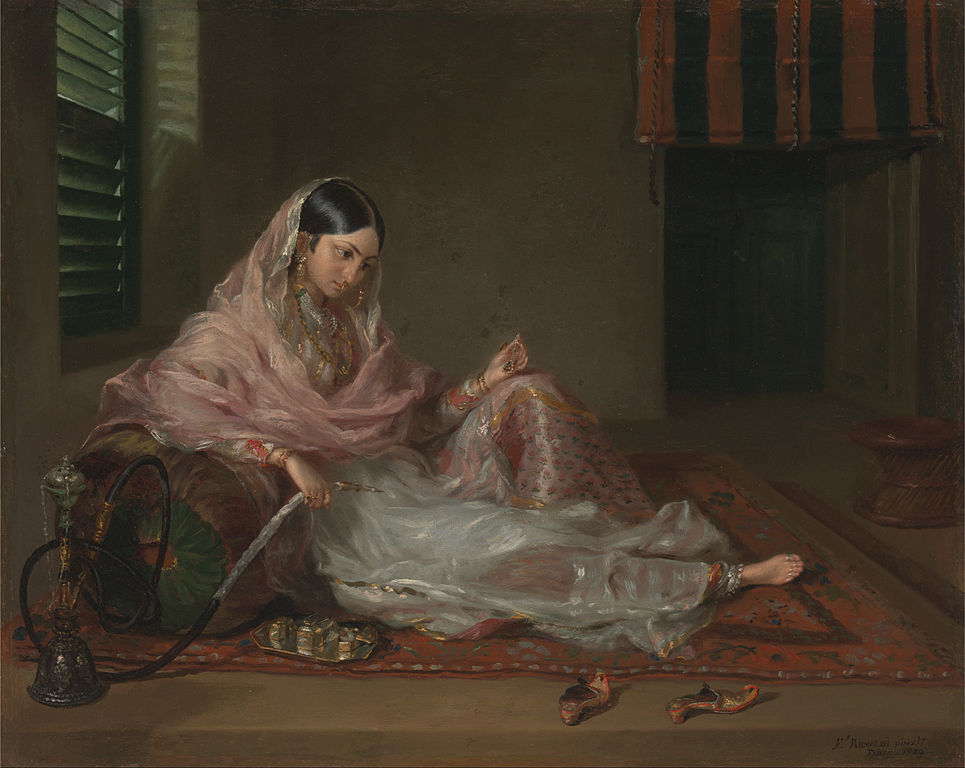
More than 12 states grow and cultivate cotton in India and I have discussed the states that are the largest contributors to this factor.
The Largest Cotton Producing States in India
- The leading producer of cotton in India is Gujarat. This state produces 125 lakh bales of cotton annually and covers nearly 26.59 hectares of land. It has the ideal soil type and climate (ample sunshine throughout the year) for growing cotton and the popular cotton production regions are Vadodara, Mehsana, Bharuch, Surendranagar, and Ahmedabad. Gujarat is also the central state for the textile industry.
- Maharashtra is the second leading producer of cotton in the country. The state produces over 85 lakh bales of cotton annually and covers 42.54 lakh hectares of land. The cotton producing regions of Maharashtra are Yavatamal, Vidarbha, Khandesh, Marathwada, Akola, Wardha, and Amravati.
- Andhra Pradesh has made it to this list. Producing over 53 lakh bales annually and covering 18.27 lakh hectares of land, the cotton producing regions of Andhra Pradesh are Guntur, Anantapur, Prakasam, and Kurnool.
- Rajasthan is next on the list. This state produces 25 lakh bales of cotton in India annually and covers over .29 lakh hectares of land. Bhilwara, Ajmer, Chittorgarh, Jhalawar, Pali and Hanumangarh are the cotton producing regions of this state.
- The next state is Haryana. It produces 22 lakh bale of cotton annually and covers 7.08 lakh hectares of land. Fatehabad, Sirsa, Hisar, Bhiwani, Jhajjar, Charkhi Dadri, Faridabad, Mewat, Palwal, Panipat, Karnal, Gurugram, Rohtak, Jind, and Kaithal are the major cotton producing areas of this state.
As mentioned previously, the states listed above are the highest cotton-producing regions in India. Cotton is a Kharif crop that takes up to 6-8 months to mature and most cotton-growing regions in India sow the crop in the months of April-May and harvest in the months of December-January before the frost settles in.
Growing and harvesting cotton is a very interesting process that has spun an industry of its own. I have elucidated on this as well so please keep reading.
How is Cotton Grown?
After reading all this I am sure you would be curious as to how cotton is grown. So, to satisfy your curiosity I have provided a brief explanation of the process of growing and harvesting cotton.
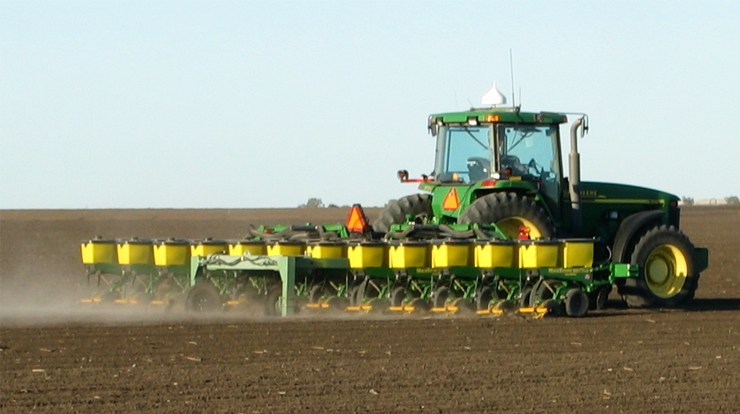
01. The first step to growing this multi-faceted crop is to create furrows in the soil and plant the cotton seeds. The soil temperatures need to be high around 25 degrees celsius and this can be achieved through direct irrigation. Cotton is also known as the thirsty crop as it needs a lot of water to grow.
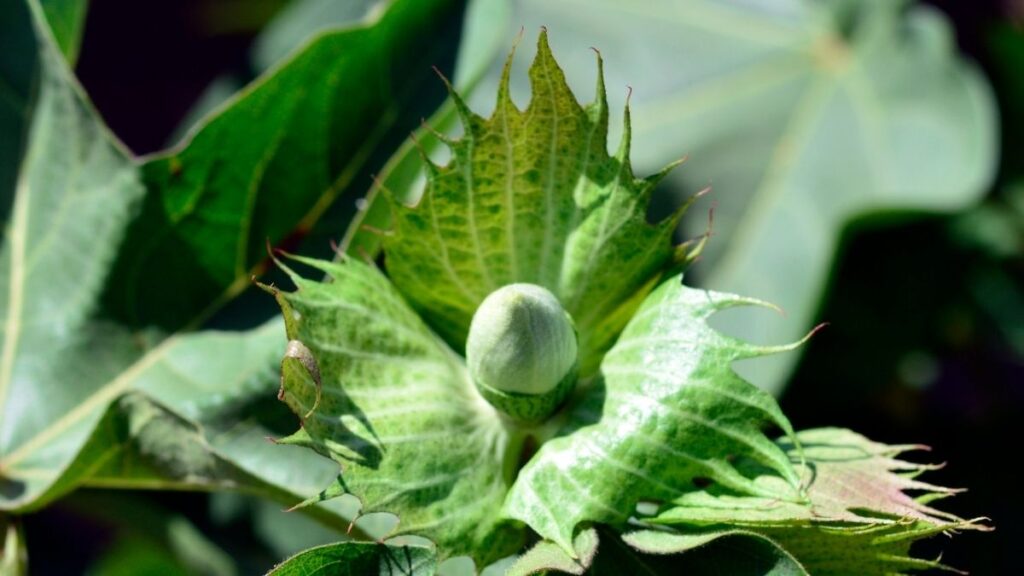
02. The plant sprouts within 1-2 weeks of planting and after 8-10 weeks the plant blooms and grows 2-5 feet tall. The flowers are self-pollinating and change colour from white to pink within 3 days. After this step, the flowers wither and fall off leaving behind the developing cotton boll.
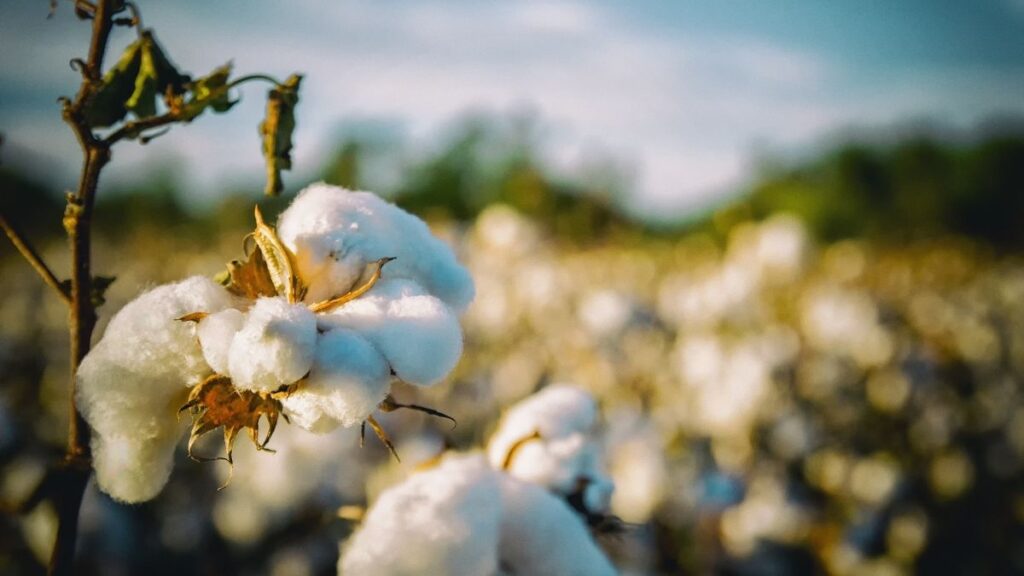
03. After 50 -70 days of bloom, the cotton bolls open up and the dry white boll evaporates with only the clean fibre left.
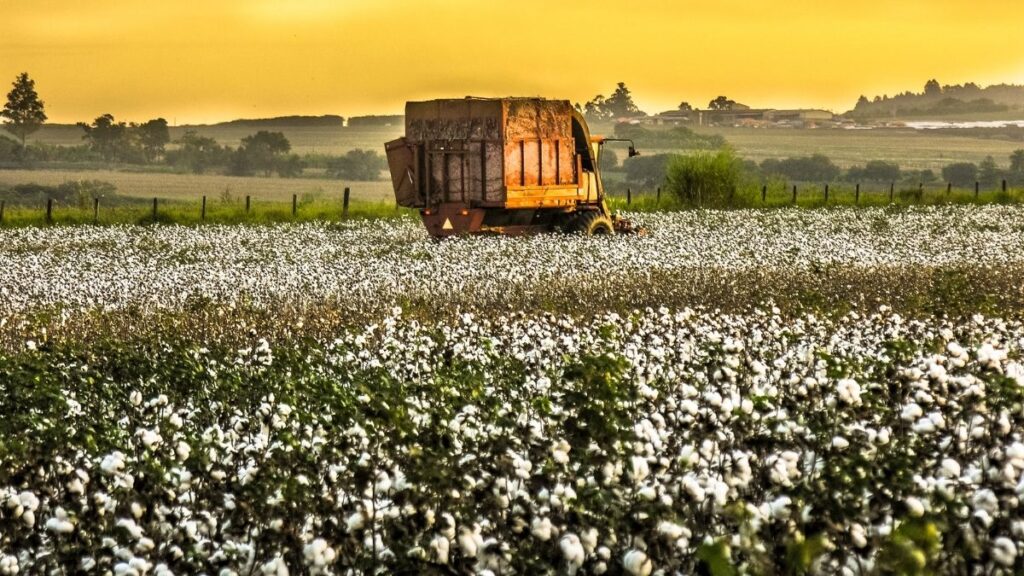
06. Now, the crop is ready to be picked and can be done manually by hand or a machine can be used. A cotton harvesting machine can harvest up to 6-8 rows at a time.
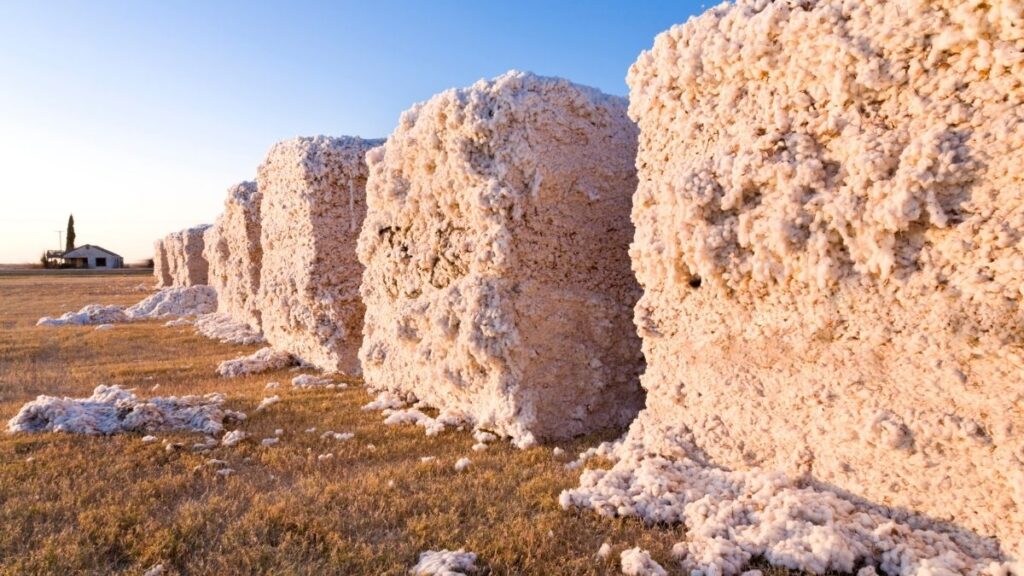
07. The harvested cotton is then compressed into a module by a hydraulic module builder and is left in storage.
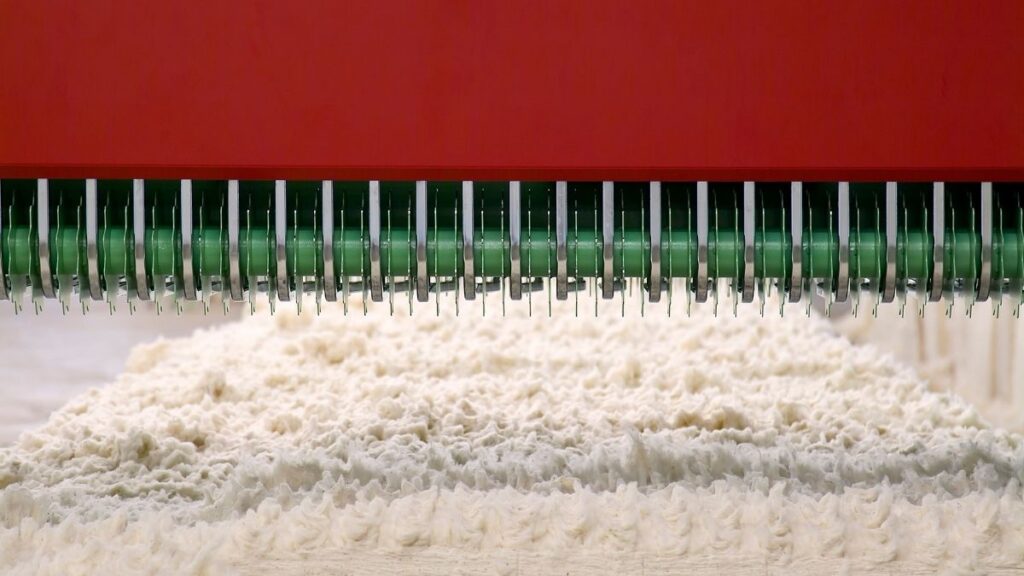
08. In the last step, the cotton modules are then taken into cotton factories where they are dried and cleaned and the fibre is separated from the cotton through machines called cotton gins.
Looking at the process above you will understand how mechanized this industry is. Many of the tasks were done manually and labor was very important, but with the advent of technology, many farms began to mechanize the entire process, and slowly this crop started to become less labor-intensive.
I have also explained the importance of this crop and how this crop led to many industries being developed. Cotton is a very important crop that we use extensively without realizing its significance.
Why is Cotton So Important?
From reading my post on cotton you might be wondering why this simple Kharif crop is so important. Well, this extremely versatile fiber has so many uses that it has given birth to many industries. Trade wars were fought to take control of cotton production by different countries over many years.
The first and most obvious use of cotton is in the textile and apparel industry. Not only in India but around the globe cotton is used extensively to make clothes and apparel. Cotton can also be processed to make other types of material like terry cloth that is highly absorbent, denim for blue jeans, and many more fabrics.
This material is hypoallergenic and easy to maintain making it a favorite among everybody. Cotton is durable and has great compatibility and that is why it is used to blend with other fibers like nylon, rayon, polyester, linen, etc. When cotton is blended with linen it leads to wrinkle-resistant cloth that can retain heat more effectively compared to clothes made of just linen.
Cotton is used extensively in fishing nets, coffee filters, tents, explosives manufacture, cotton paper, and bookbinding. Cottonseed oil is produced from the remaining cotton seeds after they have been ginned for cotton. Cottonseed meal is given as feed to livestock.
All this generates a lot of employment opportunities as well. This important commodity generates livelihood to 1 billion people with around 100 million being smallholder farmers. With this, I hope I have given you a lot of information on this wonderful crop and it makes you more knowledgeable.
Conclusion
Cotton is an important commodity that has a long history. Since cotton was discovered people have been constantly using this material and its significance has never diminished. From a labor-intensive crop, it moved to become a more mechanized crop increasing the harvested amount.
Most of our fabrics and items are made from cotton or cotton blends increasing the usefulness of this crop. Though this crop is slightly difficult to grow and requires optimal conditions, thanks to advanced technology it is grown almost everywhere around the globe. So, the next time you go shopping remembers a huge process went behind the clothes you buy. This is all about the largest Cotton Producing state in India.
Also read,



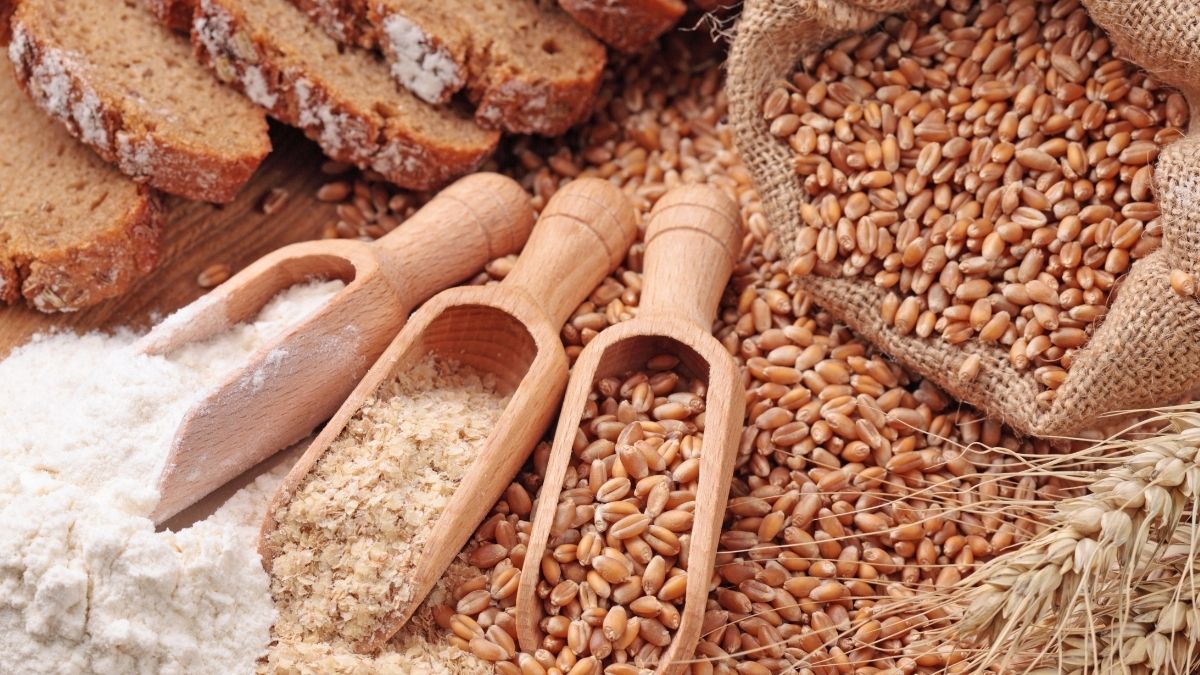
Guntur, Anantapur, Prakasham and Kurnool are districts if Andhra Pradesh and not Telangana – please kindly correct if possible
We appreciate your time and efforts. We have further rectified the information. Thank you for your support. Keep reading !